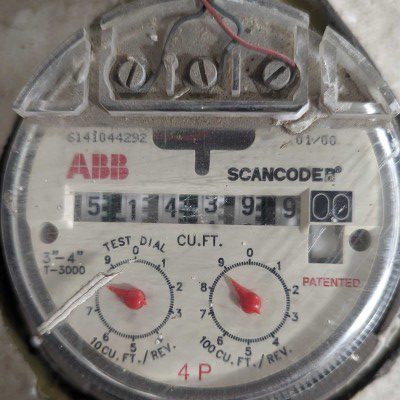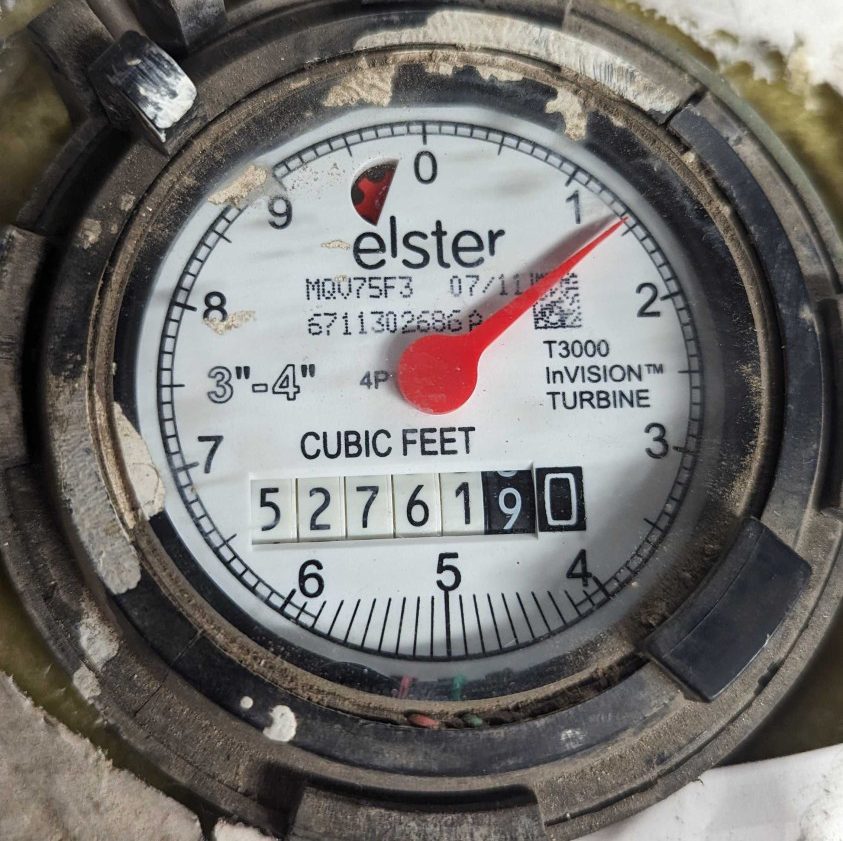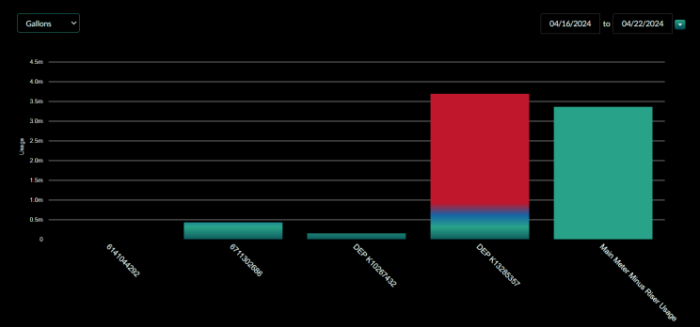Water meter billing dispute can be a significant challenge for property owners, especially when the reported consumption figures are vastly higher than the actual usage. This was the case for a property in Brooklyn, New York, where a substantial discrepancy in water meter readings led to substantial financial implications for the owner. Here’s how the problem was identified and resolved, resulting in major cost savings.
Identifying the Problem: Excessive Water Meter Readings
The issue at hand involved the NYC Department of Environmental Protection (DEP) and a property owner in Brooklyn. The property in question consisted of five high-rise multifamily buildings with a total of 582 units. Two types of water meters were used to measure consumption:


- Elster T3000 Invision Turbine Water Meter: Reporting between 550,000 to 750,000 gallons of water per day.
- ABB/Elster Scan-Coder Meter: Installed on a 4-inch pipe, reporting between 15,000 to 30,000 gallons per day.
The property owner noticed these readings were unusually high, leading to exorbitant bills and a potential billing dispute with NYC DEP.
Engaging the Experts: Live Building Systems
To address the billing discrepancy, the property owner engaged Live Building Systems, a specialist in accurate water meter readings and utility billing disputes. The team set out to investigate and correct the apparent error in water meter readings.
Investigating the Billing Discrepancy
The Live Building Systems team took several steps to determine the source of the error:

- AMR Installation: They installed Revenue Grade LBS AMR units to obtain more accurate water consumption readings.
- Cloud Analysis: Using AI cloud analysis, Live Building Systems detected an incorrect ratio set by the utility company’s billing software, especially for the Elster T3000 meter.
- Field Inspection: A field technician inspected the site for leaks and confirmed that both meters were feeding into a common roof tank, eliminating leakage as a potential cause of the discrepancy.
- Corrective Measures: With extensive analysis and physics-based pressure evaluations, the team determined the correct ratio for accurate meter readings.
Achieving Accurate Meter Readings and Cost Savings
The corrected readings revealed the following:
- Actual usage for Elster T3000: 55,000 gallons per day (instead of 550,000+).
- Actual usage for Elster Scan-Coder: 29,000 gallons per day.
This correction indicated that the original readings were dramatically overestimated. The billing error had resulted in a daily overcharge of $7,200 and a monthly overcharge of $228,000 USD. Once corrected, the daily billing was reduced to $1,320, with a monthly total of $41,800 USD. This correction translated into annual savings of approximately $2.49 million USD.

Conclusion: The Importance of Accurate Water Meter Readings
This case demonstrates the importance of accurate water meter readings and the need for vigilance in utility billing. A significant discrepancy in meter readings can lead to substantial overcharges and financial stress for property owners. By partnering with experts like Live Building Systems, both utility companies and property owners can resolve billing disputes and ensure fair billing practices, saving time, money, and resources.

